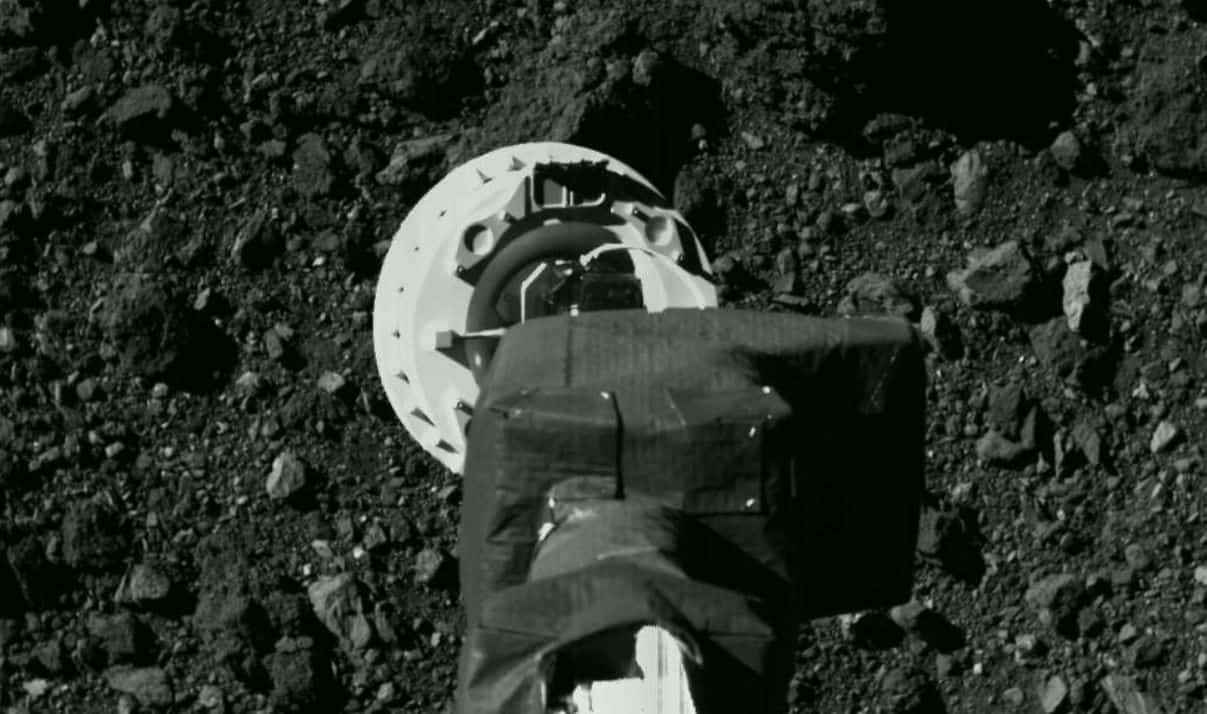The asteroid Bennu is located more than 320 million kilometers from Earth. The Osiris-Rex managed to land after a journey of more than four years, after taking off in 2016
The U.S. Osiris-Rex probe briefly contacted asteroid Bennu on Tuesday and collected samples to return to Earth in 2023. This is the first time the National Aeronautics and Space Administration (NASA) has managed to get one of its probes to make a landing on an asteroid.
Just passed the 25 m crossing. It's almost time ? pic.twitter.com/gJ9dU6KF5b
— NASA's OSIRIS-REx (@OSIRISREx) October 20, 2020
Bennu is more than 320 million kilometers from Earth and the probe reached the asteroid after a journey of more than four years, as it was launched in September 2016 from Cape Canaveral. The Osiris-Rex arrived in Bennu on December 3, 2018, and began orbiting the asteroid on December 31, 2018.
Upon landing, the Osiris-Rex dumped compressed nitrogen on Bennu’s surface to lift dust that should be collected.
TOUCHDOWN!
Sampling in progress ?#ToBennuAndBack pic.twitter.com/8dj2g8AUxK
— NASA's OSIRIS-REx (@OSIRISREx) October 20, 2020
The NASA will not know until the next day if the collection has been successful and the sample is sufficient (60 grams) to return the probe to Earth or otherwise make a second attempt in January. “This has been an incredible feat,” NASA’s associate administrator of the Science Mission Directorate, Thomas Zurbuchen, said in a statement.
The back-away burn is complete ?✅ I'm now moving to a safe distance away from Bennu. pic.twitter.com/bXk2ufSneS
— NASA's OSIRIS-REx (@OSIRISREx) October 20, 2020
“A piece,” he added, “of primordial rock that has witnessed the entire history of our solar system may now be ready to come home for generations of scientific discoveries, and we can’t wait to see what comes next.”
Its parachute landing is scheduled for September 24, 2024, in the Utah Desert.
NASA noted in its statement that asteroid Bennu “offers scientists a window into the primitive solar system, as it first began to take shape billions of years ago and throws ingredients that could have helped sow life on Earth.” If the mission has been successful, in March 2021 – the next time Bennu aligns itself with Earth properly – the Osiris-Rex will make its return.
?(BOOP) SUCCESS?
After over a decade of planning & countless hours of teamwork, we are overjoyed by the success of @OSIRISREx's attempt to touch down on ancient asteroid Bennu. What's next for the mission: https://t.co/zs0Boi2Iux
?: @LockheedMartin pic.twitter.com/FfMBHVGrT9
— NASA (@NASA) October 21, 2020
Its parachute landing is scheduled for September 24, 2024, in the Utah Desert.
